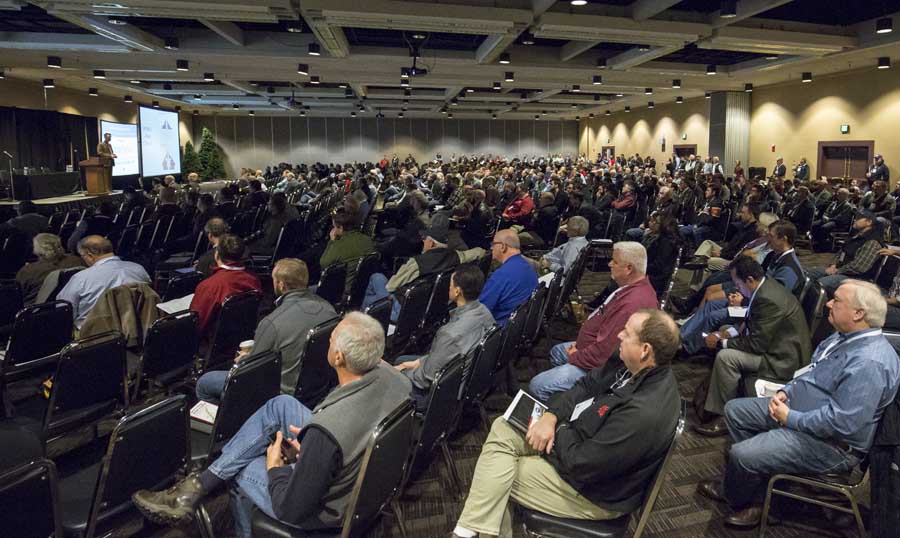
Peter Zeihan’s talk attracted a large crowd.(TJ Mullinax/Good Fruit Grower)
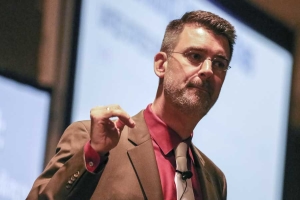
Peter Zeihan gave the keynote Betjer Address during the 2015 Washington hort show. (TJ Mullinax/Good Fruit Grower)
Day one, December 7, 2015:
Opportunity.
That’s the key word from the opening session of the Washington State Tree Fruit Association annual meeting.
The opening session highlights opportunities in new varieties and opportunities in global markets.
Geopolitical strategist Peter Zeihan notes the U.S. is well positioned for dominance in agriculture going forward, thanks to navigable rivers and younger demographics.
Areas for potential growth include China, India and southeast Asia.
On the domestic side, Steve Lutz, vice president of marketing for CMI, notes that the tree fruit industry will need to continue to successfully compete for space in supermarkets as the number of products, varieties and the organic sector increase.
WATCH: Peter Zeihan talks about how growers can anticipate changes in the global tree fruit market in our session summary.
———-
Drought
Drought and irrigation management were the big themes of the afternoon session “Water Variability and Water Resources.”
Scientists don’t know everything about how climate change will affect agriculture, said Jennifer Adam of the Washington State University’s Department of Civil and Environmental Engineering, but many forecasters suspect apples will show less sensitivity to increased temperatures, though water rationing will probably increase due to less snowpack because of warmer mountain temperatures.
Maia Bellon, the state Director of Ecology, and Derek Sandison, the state Department of Agriculture, teamed up for a session about the state response to water shortages.
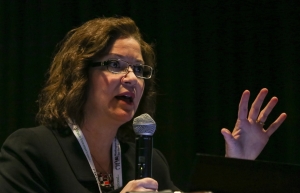
Maia Bellon from the state Director of Ecology. (TJ Mullinax/Good Fruit Grower)
Bellon promised that she and other state officials are ready to declare a drought emergency earlier in the year if needed in 2016, while Sandison said the state is considering a drought insurance program that irrigators could buy into, seeking modifications to the Columbia River Treaty with Canada and developing underground aquifer storage.
Urban Eberhart, manager of the Kittitas Reclamation District, told growers how tribes, environmentalists, federal agencies and irrigators have worked together for the Yakima Basin Integrated Water Resources Management Plan, a 30-year project to increase storage capacity, boost pumping capacity, improve fish and wildlife habitat and improve conservation. Melissa Downs, a project lead for Office of Columbia River, discussed the Icicle Creek Work Group, a smaller group seeking many of the same things in the much-smaller Wenatchee watershed.
Tony Jantzer, the secretary manager of the Icicle-Peshastin Irrigation District, discussed the struggles to maintain and improve infrastructure that is either close to or more than 100 years old and finding more storage for a district with seven reservoirs, all in federal wilderness areas.
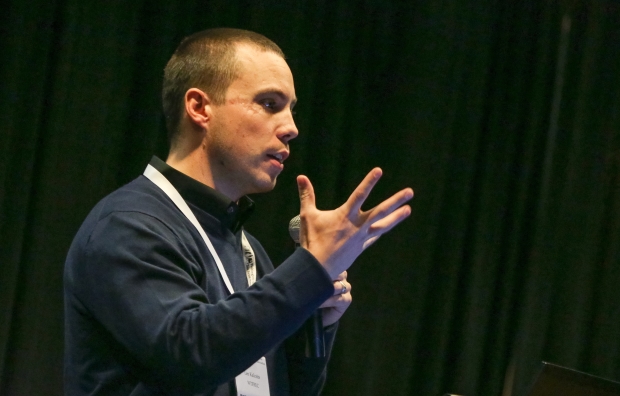
Lee Kalcsits at the 2015 hort show. (TJ Mullinax/Good Fruit Grower)
Lee Kalcsits of the WSU Tree Fruit Research and Extension Center gave growers practical tips for how to manage their orchards to limit water stress, such as using netting, mowing cover crops and measuring soil moisture. (Read about his netting trials from our November 2015 issue, “If netting is the future, what color?”)
– by Good Fruit Grower staff

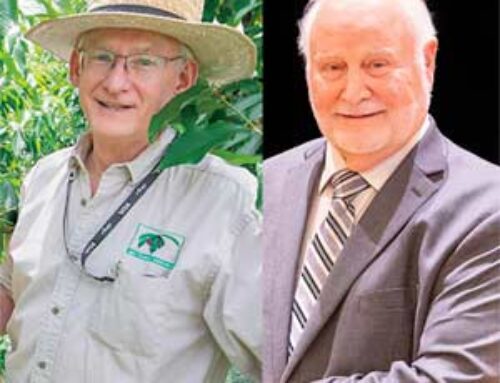
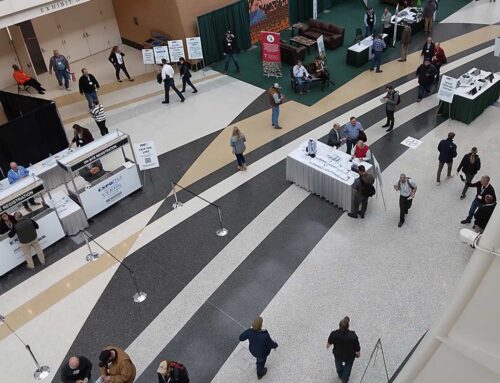
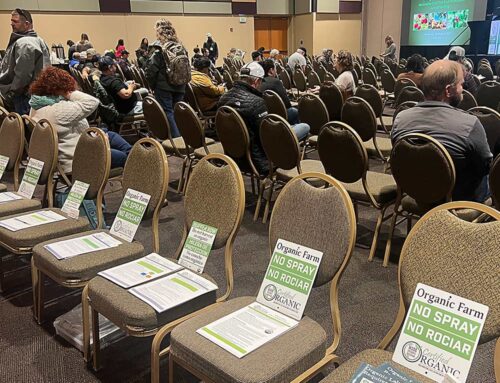
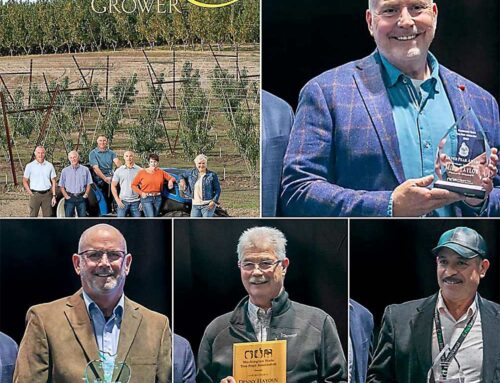
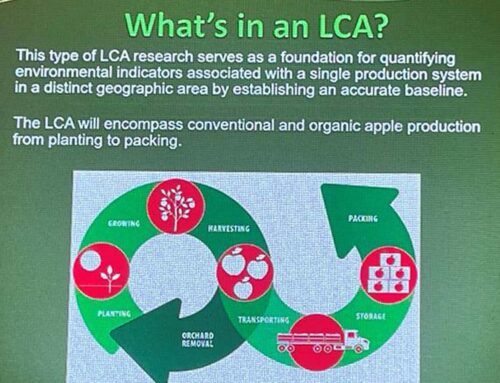
Leave A Comment